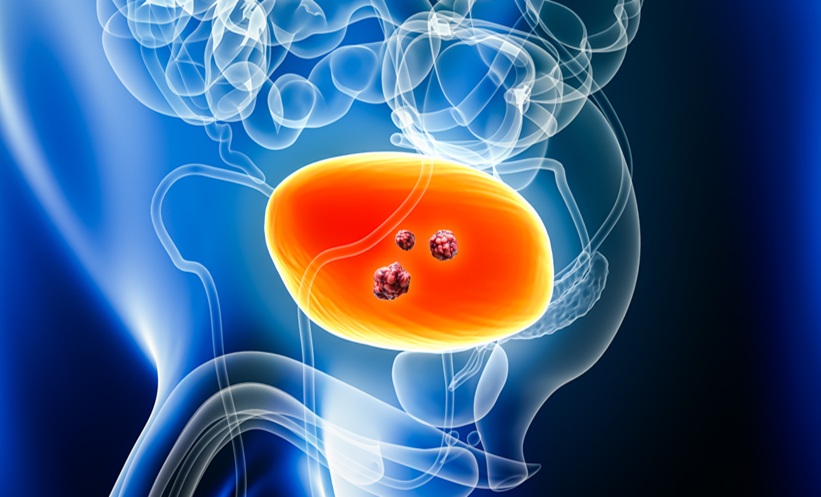INTRODUCTION
The use of antibiotic (AB) prophylaxis to reduce bacteriuria/bacteremia and clinical infectious symptoms is recommended by the European Association of Urology (EAU) and American Urological Association (AUA) guidelines (Level 1A evidence). The guidelines however are mainly based on three articles published from 2002–2005.1-3 We currently face the problem of increasing microbial resistance and changing health economics, which requires a more cautious approach concerning AB use. We evaluated the current clinical benefit of AB prophylaxis in patients undergoing transurethral resection of the prostate (TURP) without preoperative bacteriuria/catheter and the extent of microbial resistance in our centre.
MATERIAL AND METHODS
In our study, 506 consecutive patients undergoing TURP from August 2008–September 2015 were prospectively reviewed. Only patients with a preoperative catheter/bacteriuria received AB prophylaxis. Urine analysis (preoperative, at discharge, and 3 weeks post-operation) was performed simultaneously to the analysis of the blood culture/irrigation fluid and resected prostatic tissue. All patients followed a regular follow-up protocol and all symptomatic infections were adequately treated by antibiogram.
RESULTS
Upon analysis, it was found that 67 out of 506 (13.2%) patients received prophylactic ABs, with 13 out of those 67 (19.4%) patients having had significant, asymptomatic preoperative bacteriuria and 54 out of 67 (80.6%) a preoperative catheter. Of this population, 60 out of 67 (89.5%) patients received ciprofloxacine, 4 out of 67 (5.9%) patients received amoxicillin, and 3 out of 67 (4.5%) patients received meropenem. The most common bacteria found were Escherichia coli (30.4%) and Enterococcus faecalis (19.5%). Fluoroquinolone-resistance (FQ-R) was observed in 64.2% in E. coli. Out of 506 patients, 8 (1.6%) had fever during hospitalisation and 1 out of 506 (0.2%) had urinary sepsis. Of the patients who received prophylactic AB, 3 out of 8 (37.5%) had fever and 10 out of 506 (1.8%) patients had fever at home, with 3 patients requiring re-hospitalisation (0.6%). Prostate tissue culture showed a significant infection in 37 out of 506 (7.3%) patients with E. faecalis (37.8%) and Staphylococcus (16.2%) as the main pathogens; FQ-R was 100% in E. coli. Of the cohort, 31 out of 506 (6.1%) patients had significant bacteremia with E. coli (19.4%) and non-haemolytic Streptococcus (19.4%) as the main pathogens; FQ-R was 50% in E. coli. Significant infection of the irrigation fluid was seen in 24 out of 506 (4.7%) patients, with the causal pathogens E. faecalis (25%) and E. coli (29.2%); FQ-R was 85.7% in E. coli. At the time of discharge, 35 out of 506 (6.9%) patients had significant bacteriuria, with the main pathogens E. coli (27.8%) and E. faecalis (22.2%); FQ-R was 60% in E. coli. Of the total patients monitored, 36 out of 506 (7.1%) had significant bacteriuria 3 weeks post-operation with E. coli as a causal pathogen in 36.1% and E. faecalis in 44.4%; FQ-R was 53.8% in E. coli.
CONCLUSION
Our data has shown a low symptomatic, infectious complication rate after TURP without AB prophylaxis (16 out of 506 [3.1%]), suggesting AB prophylaxis can be safely omitted in patients without preoperative bacteriuria/catheter. A new prospective randomised control trial in five centres has already been started to confirm our findings. Bacteremia, postoperative bacteriuria, and positive prostatic tissue/irrigation fluid cultures were of limited clinical relevance in our study. We believe that only symptomatic, clinical infectious symptoms should be treated. We also observed a high rate of FQ-R in E. coli in our population, which is a warning sign and shows that FQs are not the most suitable AB prophylaxis.








